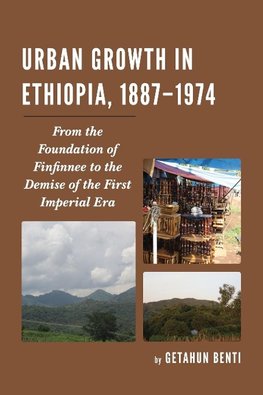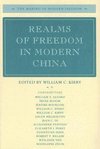
-
 Anglický jazyk
Anglický jazyk
Urban Growth in Ethiopia, 1887-1974
Autor: Getahun Benti
This book highlights the positive achievements that Imperial Ethiopia made in its journey towards urbanization into the modern era, and undertakes a critical assessment of the economic, political, and social impediments that prevented the country from transitioning... Viac o knihe
Na objednávku
57.06 €
bežná cena: 63.40 €
O knihe
This book highlights the positive achievements that Imperial Ethiopia made in its journey towards urbanization into the modern era, and undertakes a critical assessment of the economic, political, and social impediments that prevented the country from transitioning into a truly fully fledged modern urbanization. It provides a comprehensive history of the growth of towns between 1887 and 1974. It is organized chronologically, regionally, and thematically, divided into three distinct time periods during which Ethiopian towns saw progresses and exposures to limited modern urban features.
First, during 1887-1936, the country saw the creation and growth of a national capital (1887) that coordinated the country's economic and political activities and facilitated the growth of other towns in the empire. It introduced new towns, the railway, modern schools, and health centers. Rudimentary factories were established in Addis Ababa and Dire Dawa, along with motor cars and modern roads, which increased trade between cities. The next era was the Italian occupation from 1936-1941, which shook the pre-existing process of urban growth by introducing a modern European style urbanization system. Ethiopian cities saw a qualitatively different way of urban growth in both form and content. The Italians introduced modern economic and physical planning, administration, and internal organization. People were introduced to modern life in urban areas, exposed to modern wage labor system, and thus moved to towns to take advantage of the opportunity. The Italian occupation left behind many features of modern urbanization, and this influenced population exposed to modern consumptive tastes was determined to retain what the Italians introduced.
Finally, the post-Italian period saw a new era of urban growth. Due to economic and organizational problems resulting from destructions caused by the war, the process of urban growth was slowed down in the early 1940s. Although the government did not introduce a clear urban policy in the immediate aftermath of the Second World War, towns continued to grow progressively from the early 1950s to 1974.
- Vydavateľstvo: Globe Pequot Publishing Group Inc/Bloomsbury
- Rok vydania: 2019
- Formát: Paperback
- Rozmer: 229 x 152 mm
- Jazyk: Anglický jazyk
- ISBN: 9781498521956






 Ruský jazyk
Ruský jazyk 





